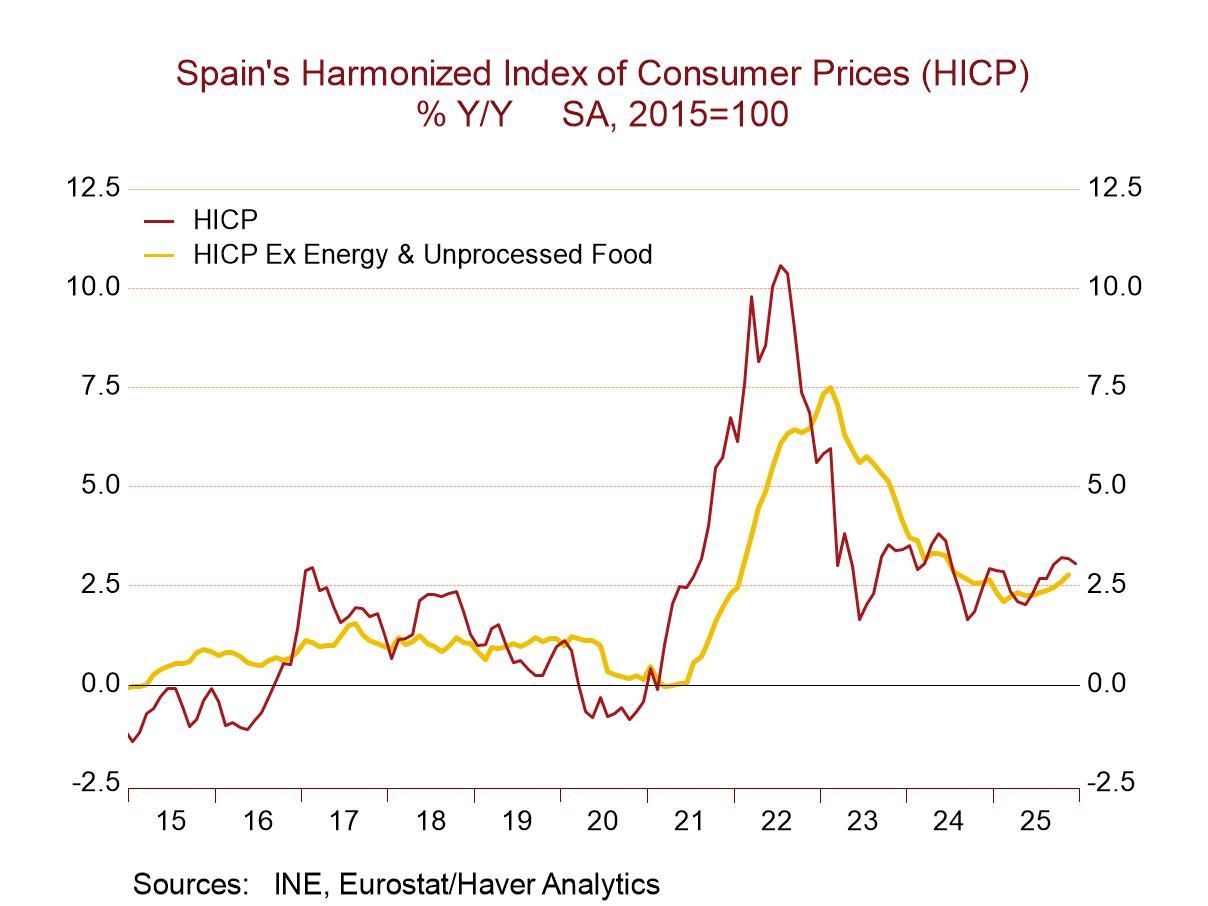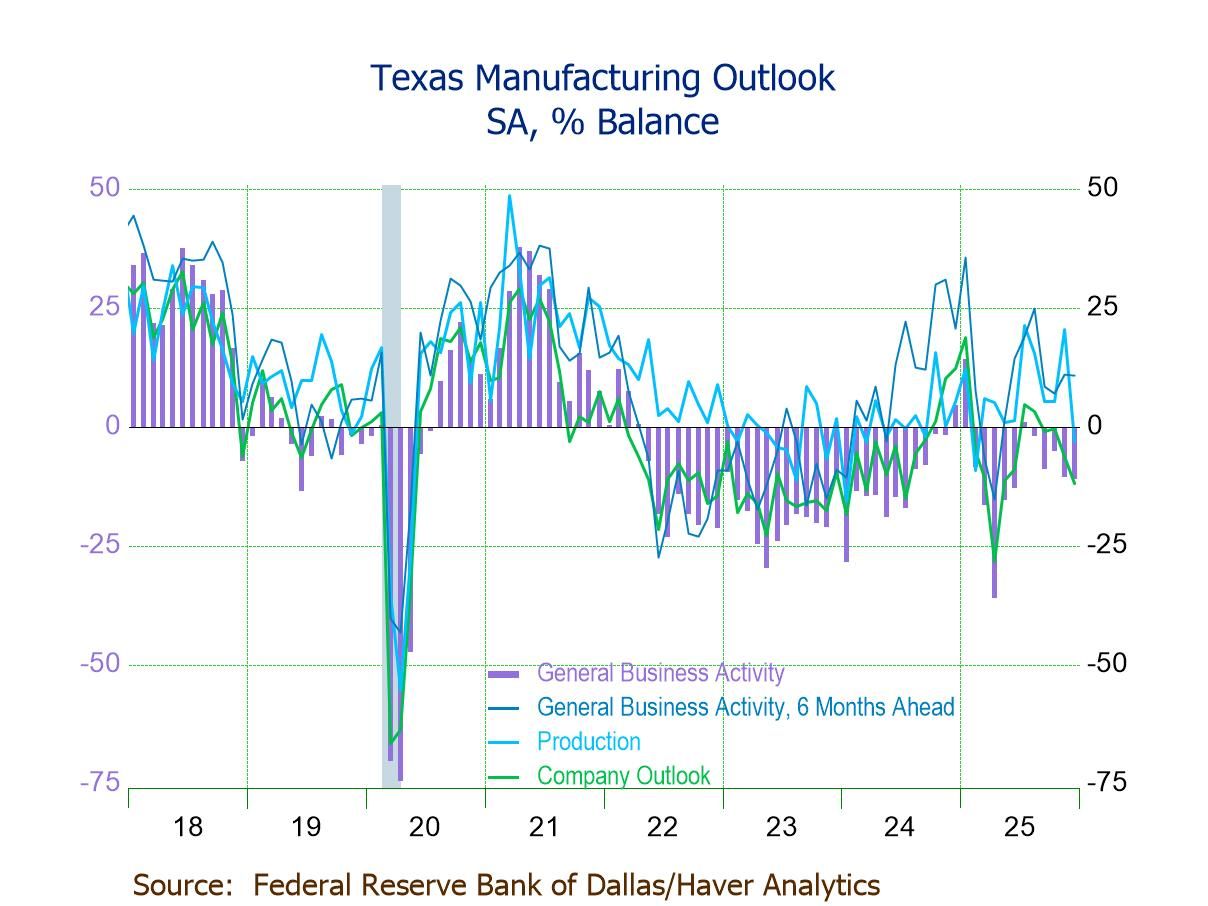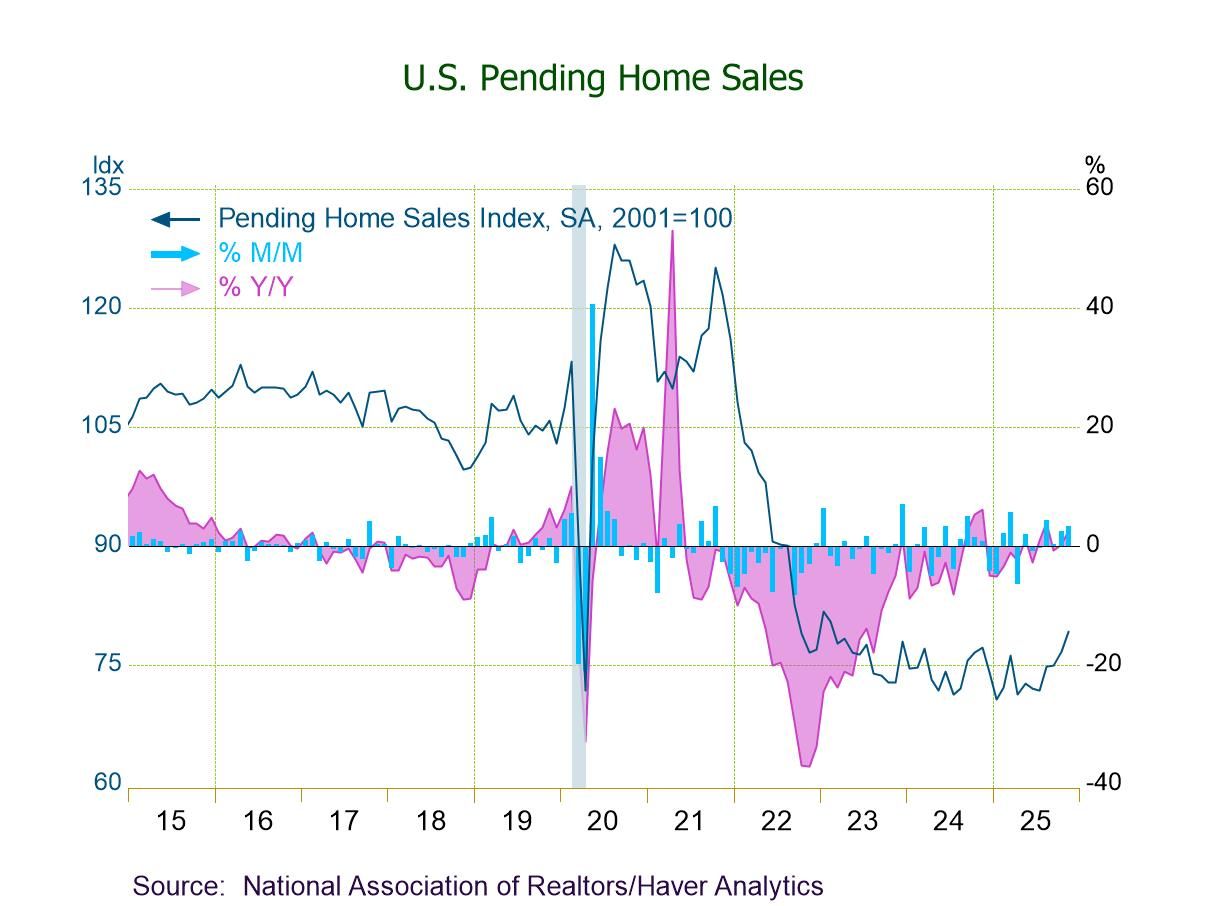U.S. Initial Unemployment Claims Dropped in the Latest Week
Summary
- Claims declined 12,000 in the week ending July 8.
- Insured unemployment claims rose 11,000 in the week ending July 1.
- The insured unemployment rate was left unchanged at 1.2% for the 11th straight week.


Initial claims for unemployment insurance declined to 237,000 in the week ended July 8, from 249,000 (initially reported as 248,000) in the week ended July 1. The Action Economic Forecast Survey had looked for 249,000 new claims to have been filed. The four-week average edged down to 246,750 from 253,500 the previous week.
By contrast to the initial claims figures, the number of continued weeks claimed, or “insured unemployment,” rose to 1.729 million in the week of July 1, from 1.718 million (initially reported as 1.720 million) in the week ended June 24. Even though the level of initial claims has jumped up over the past month or so, the level of continued claims (that is, the number of individuals receiving unemployment compensation) has fallen rather consistently since early April. This would imply that individuals that have recently lost their job have found a new one relatively quickly.
The insured unemployment rate, that is, continued claims as a percent of covered employment, held at 1.2%. This rate has been between 1.2% and 1.3% since late-January and compares with a series low of 0.9% in September and early-October of last year.
In the week ended June 24, the total number of continued weeks claimed for all unemployment insurance programs rose to 1.764 million (25.9% y/y) from 1.700 million (28.0% y/y), the highest level in ten weeks. The recent high was 2.000 million in late February. The total includes federal employees, newly discharged veterans, extended benefits and other specialized programs and is not seasonally adjusted. Claims in the discontinued Pandemic Unemployment Assistance program and Pandemic Emergency Unemployment Compensation are no longer included in the main Labor Department press release.
The insured rates of unemployment in regular programs vary widely across states. In the week ended June 24, the highest insured rates of unemployment were in New Jersey (2.24%), California (2.19%), Puerto Rico (2.17%), Massachusetts (1.91%), Rhode Island (1.82%), Connecticut (1.80%), Pennsylvania (1.68%), Oregon (1.67%), and New York (1.66%). The lowest rates were in South Dakota (0.22%), Virginia (0.36%), Kansas (0.37%), and North Dakota (0.39%). Rates in other large states include Illinois (1.55%), Texas (1.16%), Ohio (0.88%) and Florida (0.45%). These state data are not seasonally adjusted.
Data on weekly unemployment claims go back to 1967 and are contained in Haver's WEEKLY database, and they are summarized monthly in USECON. Data for individual states are in REGIONW. The expectations figure is from the Action Economics Forecast Survey, in the AS1REPNA database.


Kathleen Stephansen, CBE
AuthorMore in Author Profile »Kathleen Stephansen is a Senior Economist for Haver Analytics and an Independent Trustee for the EQAT/VIP/1290 Trust Funds, encompassing the US mutual funds sponsored by the Equitable Life Insurance Company. She is a former Chief Economist of Huawei Technologies USA, Senior Economic Advisor to the Boston Consulting Group, Chief Economist of the American International Group (AIG) and AIG Asset Management’s Senior Strategist and Global Head of Sovereign Research. Prior to joining AIG in 2010, Kathleen held various positions as Chief Economist or Head of Global Research at Aladdin Capital Holdings, Credit Suisse and Donaldson, Lufkin and Jenrette Securities Corporation.
Kathleen serves on the boards of the Global Interdependence Center (GIC), as Vice-Chair of the GIC College of Central Bankers, is the Treasurer for Economists for Peace and Security (EPS) and is a former board member of the National Association of Business Economics (NABE). She is a member of Chatham House and the Economic Club of New York. She holds an undergraduate degree in economics from the Universite Catholique de Louvain and graduate degrees in economics from the University of New Hampshire (MA) and the London School of Economics (PhD abd).






